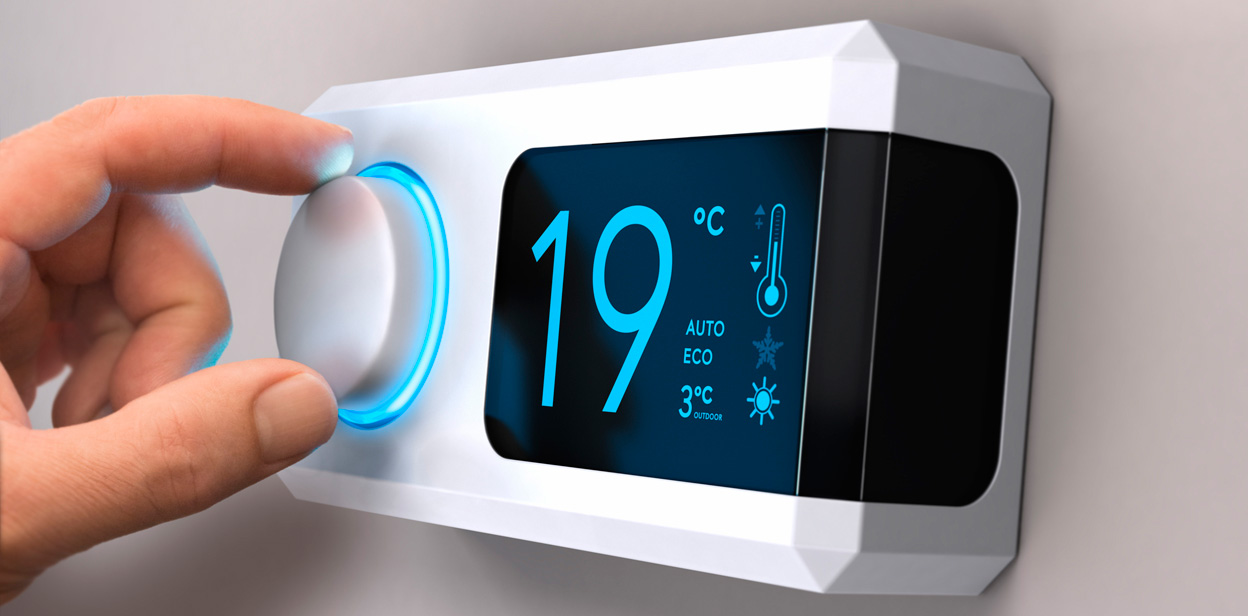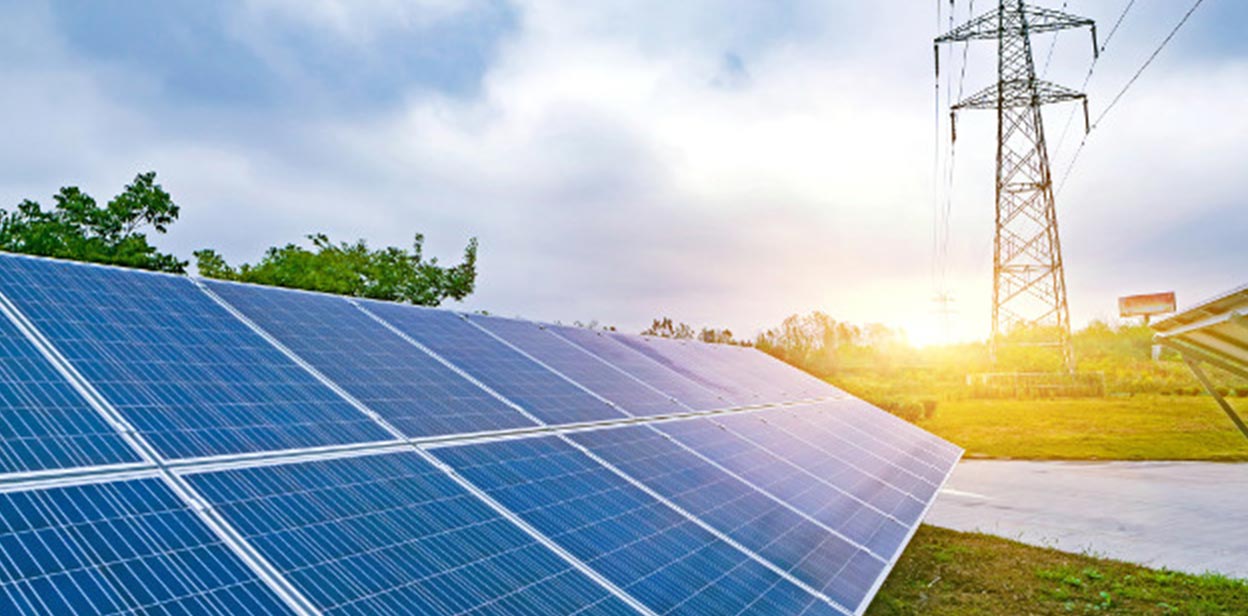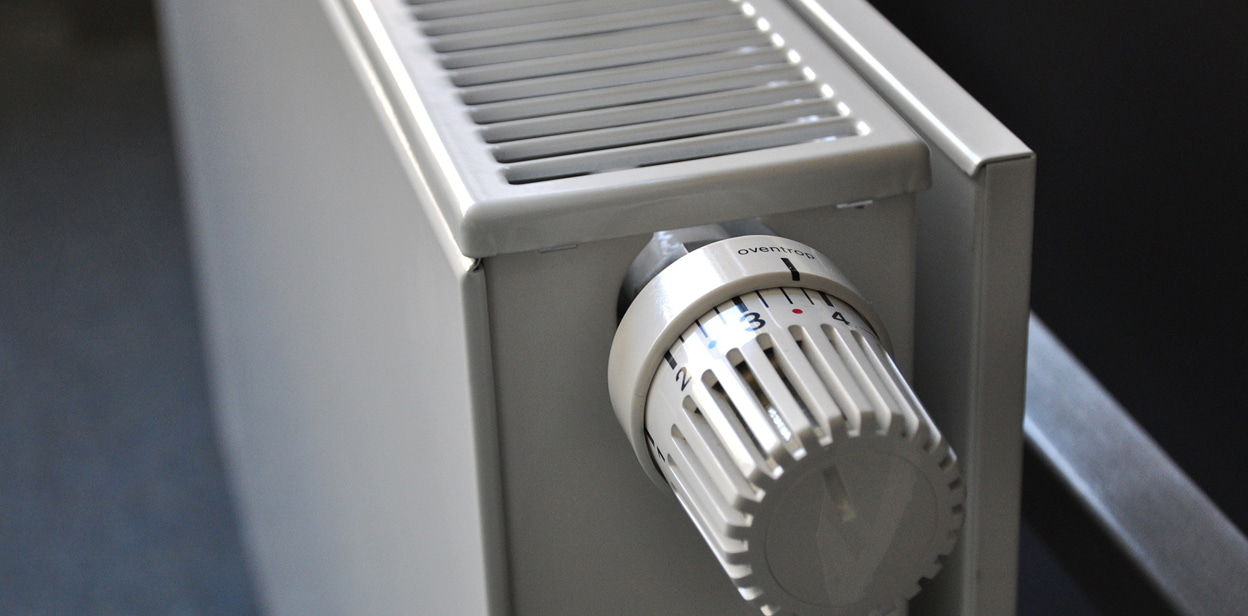In just a few years, they have gone from being a futuristic artefact to just another part of our daily life. We’ll explain to you how solar panels work, which is one of the keys to guaranteeing that the future of the planet is renewable.
Little by little, solar panels have been incorporated into the urban landscape. You’ll find them if you look at the rooftop of newly constructed buildings, given that they are mandatory in most cases.
You can also see them forming a roof for the unpopular parking meters or in the even more loathed speeding radars.
But, how do they work?
They squeeze energy from the sun
Greatly summarising and simplifying, the process is as follows:
Sun rays hit the plates, which have semi-conductor materials that transform the energy received into electricity.
The parts in charge of carrying out this transformation are the so-called solar cells. They form solar panels and are small cells made of crystalline silicon or gallium arsenide.
How solar cells work
Solar cells mix with other components like phosphorus and boron to form two parts: one loaded with negative electrons and another with positive electrons.
When the solar cell is exposed to the sun, the photons are able to move electrons from the part where the negative charge is in excess toward the part where it is missing. This movement of electrons is what we know as electrical current.
As the photons release electrons, more and more electricity is generated. The electrons that are not used or that come from the wind return to the negative panel, making everything start again in an endless process.
With that, continuous current is produced, which is stored in batteries until being converted into alternate current (which reaches your home) through the voltage inverters.
What are voltage inverters?
To find out the function of these apparatuses, you must know that continuous current, as its very name indicates, has a regular flow that goes in one single direction.
On the contrary, the power and direction of alternate current constantly changes with various intervals of peaks and valleys.
Voltage inverters smoothly and constantly change the direction of the continuous current, and convert it into alternate current. Why? So that it is useful for you, given that most home appliances need alternate current to function.
In addition, our refrigerators, dishwashers, alarm clocks, etc. require a specific and well-regulated voltage. With alternate current, it is much more simple to modify its flow and voltage.
Types of solar panels
- Monocrystalline: They are comprised of monocrystalline cells. They are very recognisable for their intense black colour and trimmed corners. They are 15-25% more efficient than the other models. In addition, their useful life is longer, given that they can last up to 25 years.
- Polycrystalline: They are comprised of polycrystalline cells. These have a dark blue colour. They are cheaper but also less effective, although currently, it has been possible to reduce their losses due to reflection and improve their collection of light.
- Thin layer: This model is different than the previous ones. It is not the combination of several individual cells, but a custom-cut sheet. Its manufacture is more simple, which explains its low price. They are very flexible and can be adapted to all types of surfaces, and so they are increasingly being used in homes.
Go green, switch to Supervalley
Solar energy helps planet Earth. Do you? If you want to collaborate, we recommend you switch to the Supervalley Green Time rate the ecological rate with 100% energy coming from renewable sources.
With Supervalley Green Time, you’ll enjoy three different schedules to consume your energy:
- Peak: from 1:00 p.m. until 11:00 p.m. During this time, it is best to concentrate on low consumption, like watching television or working on the computer.
- Valley: from 7:00 a.m. until 1:00 p.m. and from 11:00 p.m. until 1:00 a.m. This is the ideal time to run the washing machine and dishwasher, use the vacuum and take advantage of the low price of electricity.
- Supervalley: from 1:00 a.m. until 7:00 a.m. Supereconomic hours for recharging your electric car and maximising your savings.
As a gift, we are offering a 5% discount on power and also on consumption. Forever.
No fixed contracts, no worries. Go green, save, understand.










